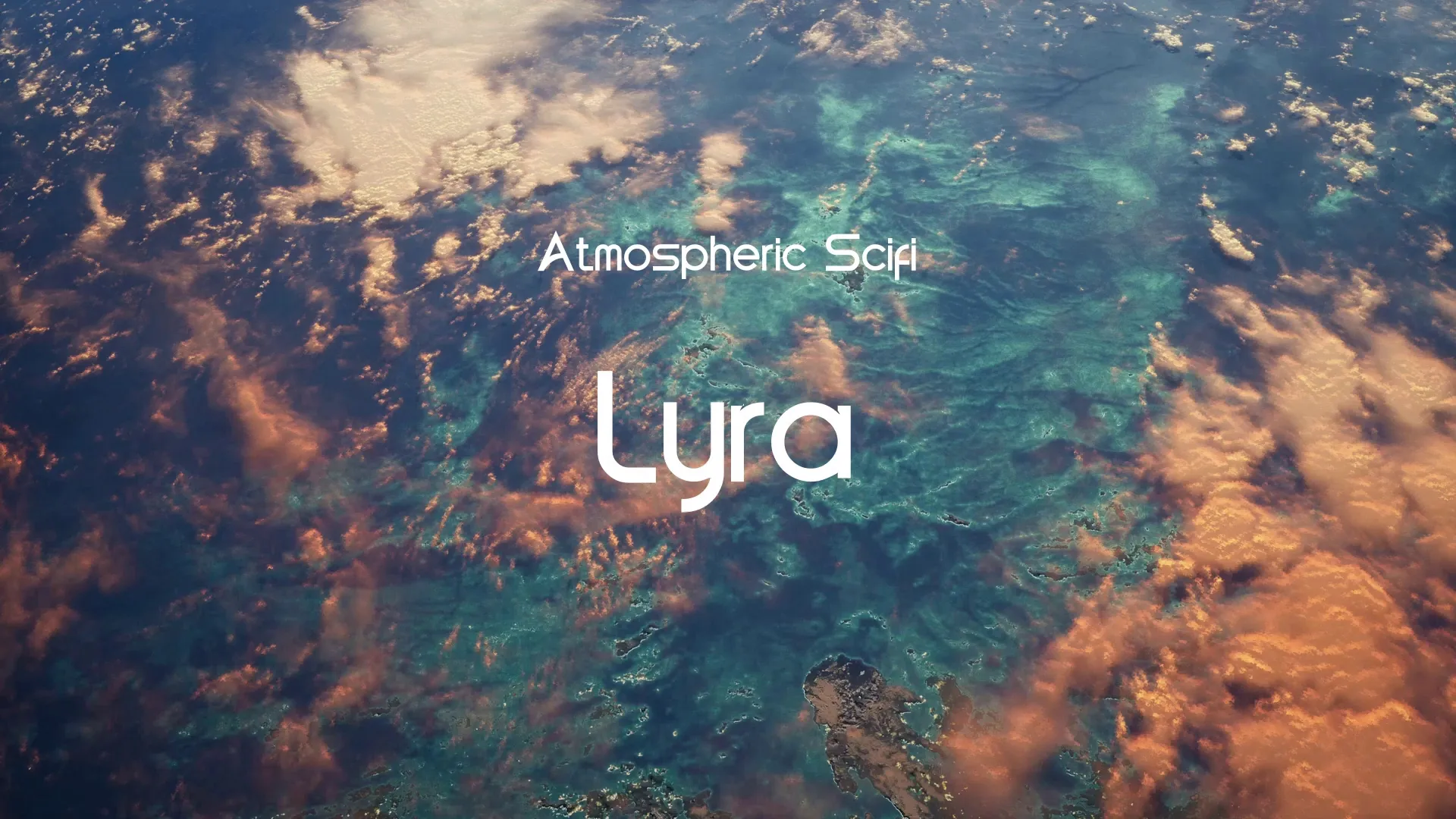Game Dev Frameworks Comparison: Choosing the Best for Your Project
Choosing the right game development framework is a foundational decision for any project. This choice impacts everything from performance to team workflow and ultimately, your game’s success. This guide offers a practical comparison to help you navigate this critical decision.
Selecting a framework isn’t about finding a universal ‘best’ option. It’s about aligning the framework’s strengths with your project’s specific requirements, your team’s expertise, and your long-term vision.
Understanding the Landscape: Unity, Unreal, and Godot
The game development landscape is dominated by a few key players, each with distinct philosophies and ecosystems. Unity, Unreal Engine, and Godot represent the most popular choices for a wide range of game types and developer needs.
Unity is renowned for its versatility, supporting 2D, 3D, VR, and AR development across numerous platforms. Its extensive asset store and large community make it accessible for many developers.
Unreal Engine excels in producing high-fidelity graphics and cinematic experiences, often favored for AAA titles. Its powerful rendering capabilities and visual scripting system, Blueprints, are key attractions.
Godot Engine offers an open-source, lightweight alternative with a strong focus on community-driven development. It’s particularly well-suited for indie developers and projects prioritizing flexibility and a smaller footprint.
Deep Dive: Unity’s Ecosystem and Performance
Unity’s strength lies in its adaptability, but this also means understanding its various components is crucial. For instance, knowing the differences between its render pipelines is essential for optimizing visual quality and performance. If you need to dive deeper into rendering options, explore 'Unity: Understanding URP, HDRP, and Built-In Render Pipeline’.
For performance-critical games, especially those with many entities, Unity’s Data-Oriented Technology Stack (DOTS) offers significant advantages. DOTS promotes a highly efficient, data-driven architecture that can unlock substantial performance gains.
Implementing DOTS requires a shift in development paradigm, moving from object-oriented to entity-component-system (ECS) thinking. This can be a learning curve but yields highly optimized code and faster execution times for complex simulations.
Unreal Engine: Visual Fidelity and Extensibility
Unreal Engine’s visual fidelity is unparalleled, making it a top choice for photorealistic games. Its node-based Blueprints system allows for rapid prototyping and gameplay logic without extensive C++ coding.
When working with Unreal, integrating third-party plugins is a common practice to extend functionality. Unreal’s marketplace and community support a vast array of plugins for everything from animation tools to networking solutions.
Careful consideration of plugin compatibility and maintenance is vital to avoid future development roadblocks. Always assess the plugin’s documentation and community reputation before committing.
Godot Engine: Open Source and Flexible
Godot’s open-source nature provides complete transparency and control over your development environment. Its node-based scene system is intuitive for beginners and experienced developers alike.
Create a free account, or log in.
Gain access to free articles, game development tools, and game assets.
.webp)












.webp)









